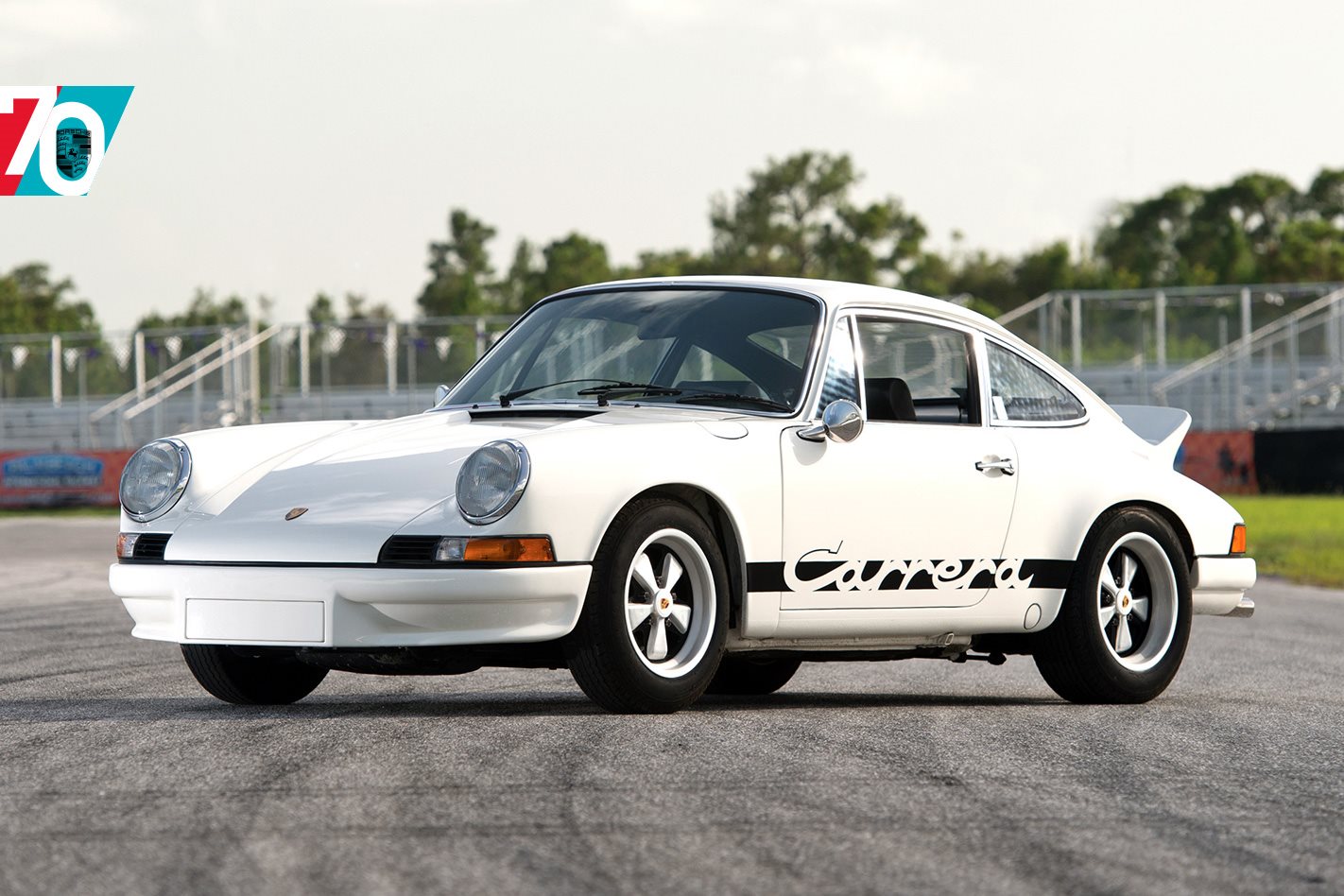Porsche’s 70th birthday sees the marque in ruder health than ever before. Wheels celebrates the company’s seven decades of engineering excellence forged on road and track.
1973 Porsche 911 Carrera RS 2.7
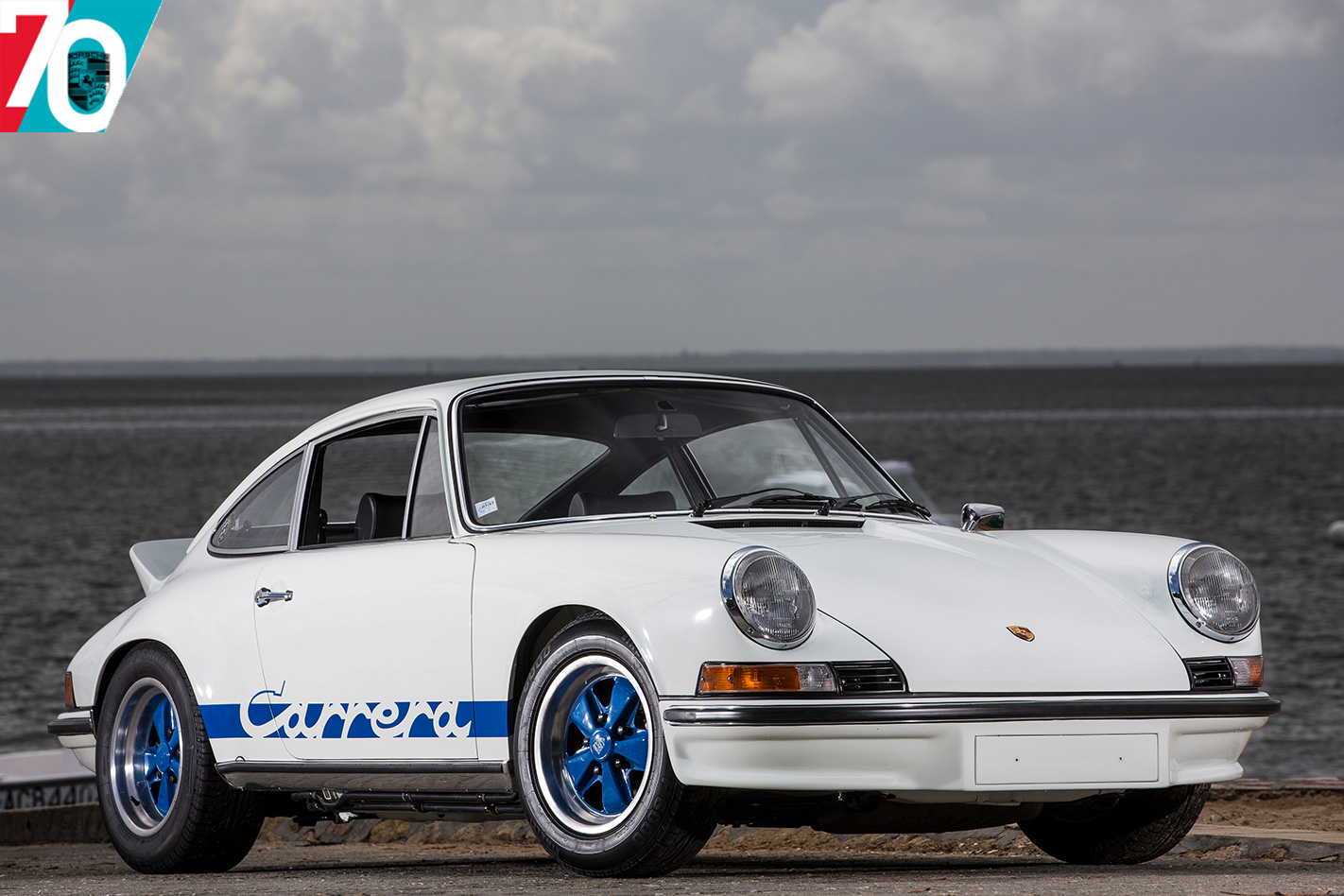
One of today’s most sought-after 911s was born out of an FIA ruling that effectively banned Porsche’s flat-12-powered 917 from racing in Group 5. Focus shifted to a 911-based Group 4 racer, and the road-going RS 2.7 of 1973 was built to homologate it. It became the first 911 to wear the Carrera moniker (first used on 356) and the first 911 to receive the Rennsport suffix (originally placed on the 550 RS Spyder). Porsche built the RS 2.7 in both Touring and Sport (aka Lightweight) specification, plus a few wide-body 2.8-litre racers. The road car’s 2687cc flat-six only made 156kW, and the 1580 produced mean it’s not the rarest (though only 117 were RHD), but as Michael Stahl wrote more recently, “It’s a long way from being the fastest, the lightest, the most powerful or the most technically advanced 911 ever built. Yet to Porsche purists, the Carrera RS of 1973 is simply the best 911 ever.”
1974 Porsche 930 911 Turbo
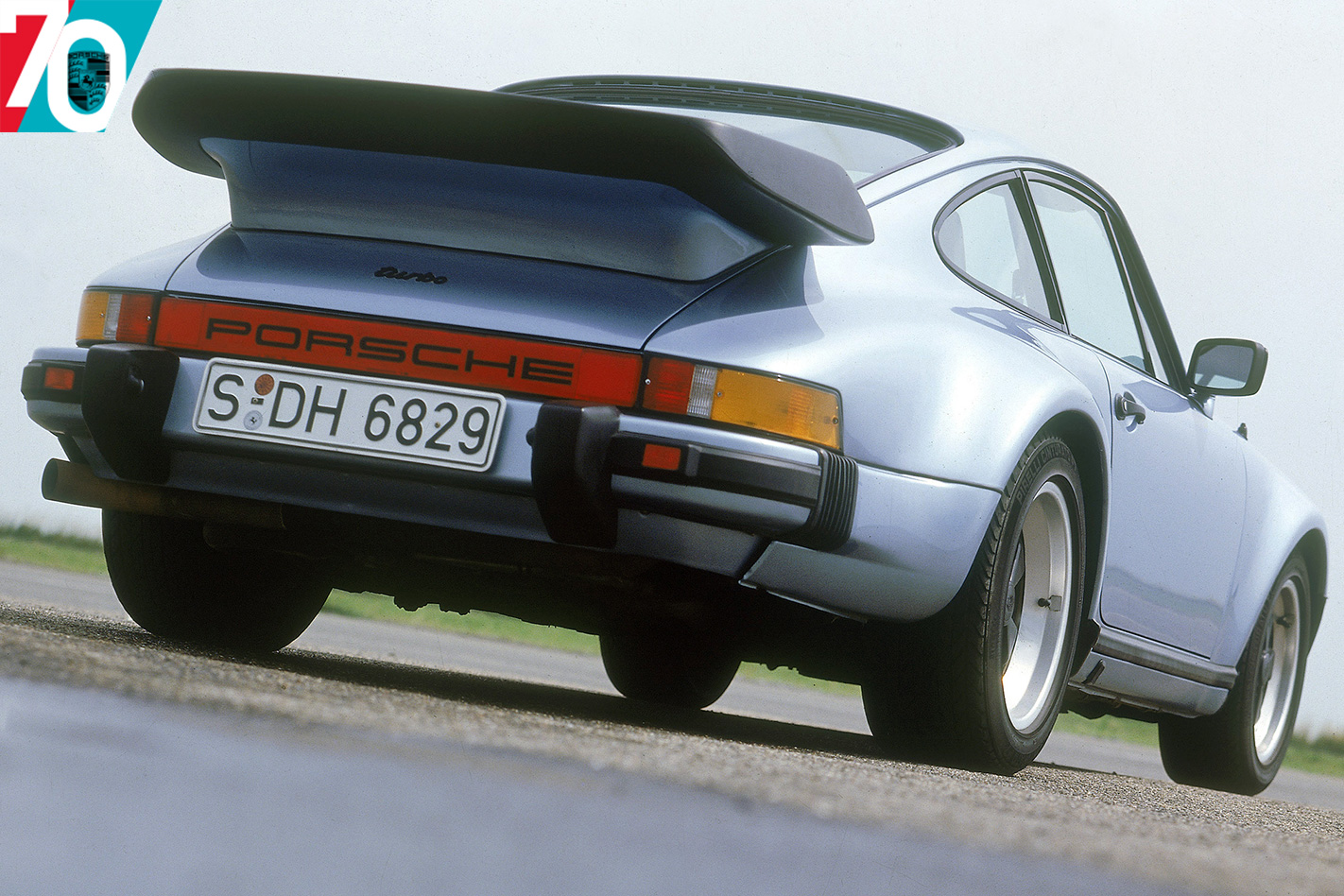
Engineers Ferdinand Piech and Hans Mezger began toying with turbochargers during the 1960s, but Porsche didn’t bring boost to market until 1974. The 930 911 Turbo was narrowly beaten to the title of Europe’s first turbocharged production car by the BMW 2002 Turbo, though both were trumped to overall glory by a couple of oddballs from GM in the US. The lavishly equipped Turbo was a handful on the limit, and Porsche advertised it as a grand tourer – possibly to excuse the fact it used standard Carrera brakes. Its laggy 3.0-litre engine produced heady peaks of 183kW and 408Nm. A 221kW/430Nm 3.3-litre version launched in 1977 featuring an intercooler and stoppers derived from Porsche’s 917 racer.
1997 Porsche 911 GT1 Strassenversion
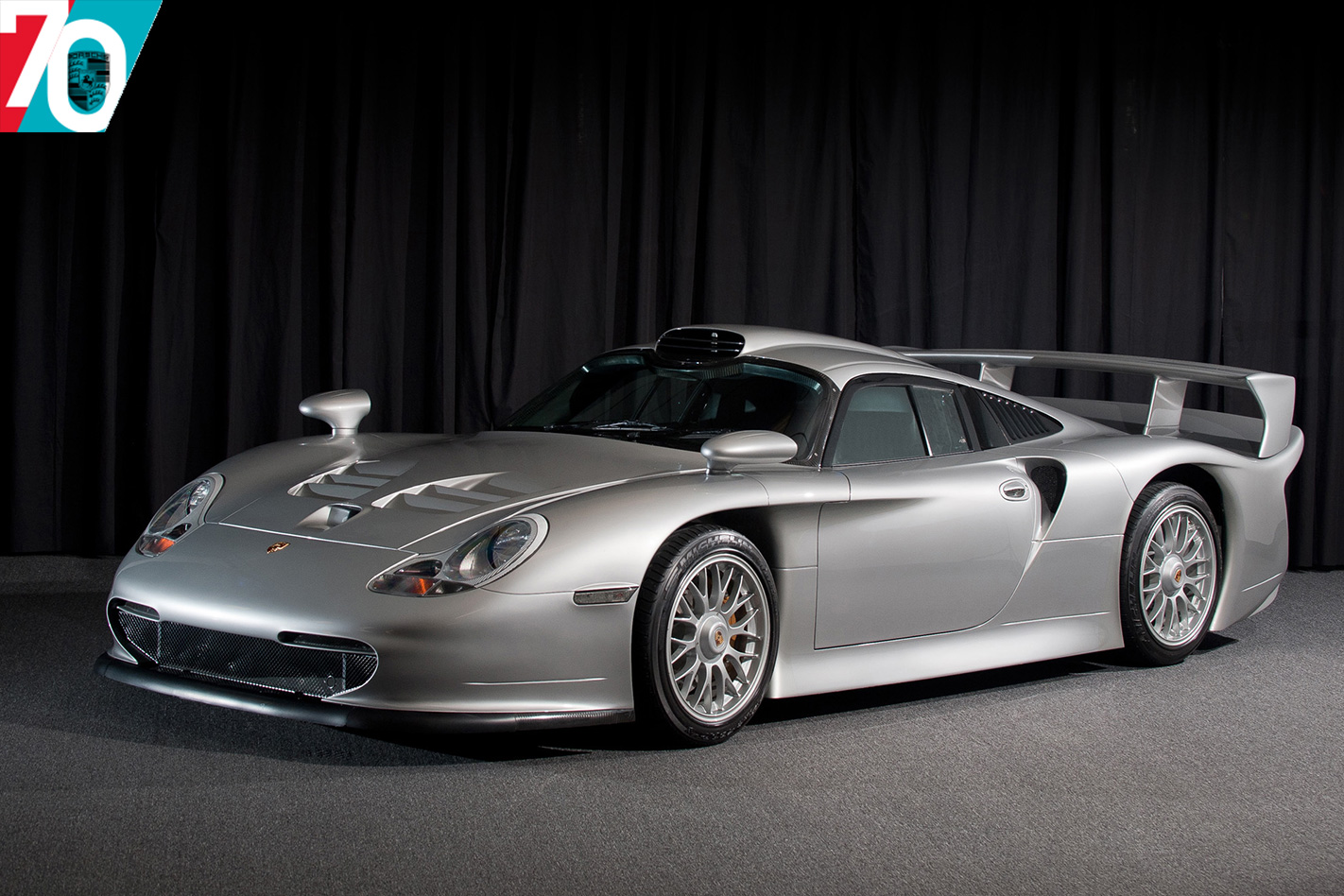
Porsche doubled-down on its sportscar racing endeavours in the late 1990s, as evidenced by the 911 GT1. While Porsche’s rivals (notably McLaren and Ferrari) were racing modified versions of their road cars, Porsche effectively took the category rulebook and developed a prototype racer that exploited it to the full. To race it, 25 street-legal versions had to be built. Changes from the racer were minimal; a little more ride height, slightly softer springs and more streetable gear ratios. The front end was mostly 993, but the rest was closer to 962 than 911. Beneath its carbonfibre body lay a mid-mounted twin-turbo flat-six producing 405kW and 600Nm in street-legal trim, with a six-speed manual transmission. Two were built in 1996 with 993-style headlights, and approximately 20 more followed in 1997 and 1998 with 996-style lamps. In March 2017, Gooding & Company auctioned one off for a staggering A$7.5 million.
1964 Porsche 901 911
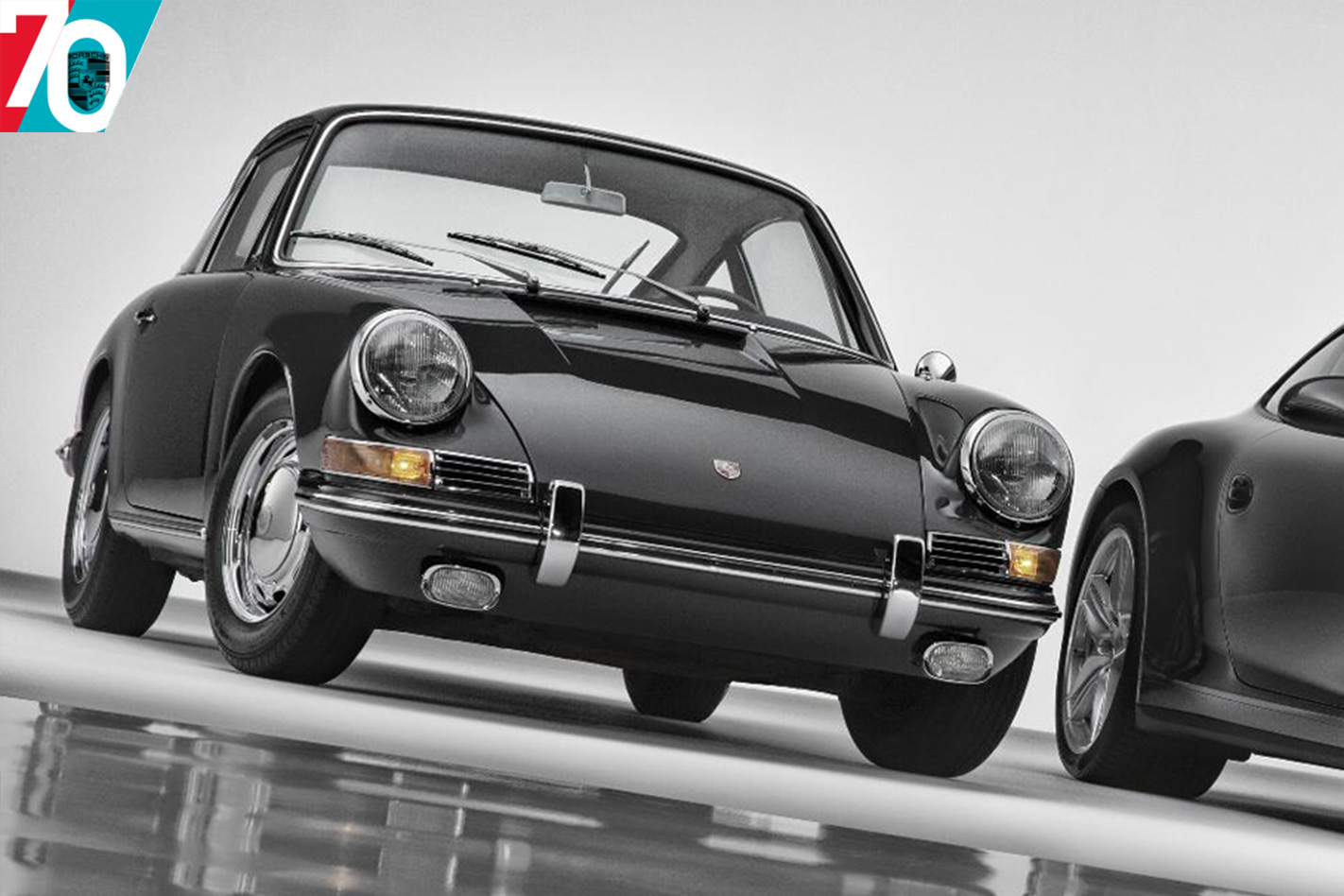
What’s now known as 911 was originally introduced as the 901 (based on its internal ‘Typ 901’ designation) at the 1963 Frankfurt motor show. This larger, more powerful successor to the ageing 356 was powered by a 96kW/174Nm 2.0-litre flat-six evolved from the 356’s 1.6-litre flat-four. A total of 82 pre-production 901s were built, but at its 1964 Paris motor show appearance Peugeot took issue with the middle-zero, three-numeral nomenclature. Porsche capitulated and changed the name to 911 for full-scale production. Approximately 55,000 A to F series 911s were built between ’64 and ’74. In 1966 the 911S, or ‘Super’, launched with 120kW becoming the first performance 911. It was also first to wear now iconic Fuchs alloy wheels. Its engine later peaked at ‘2.4-litres’ (2341cc) and 142kW/216Nm, and introduced fuel injection to 911.
1999 Porsche 996 911 GT3
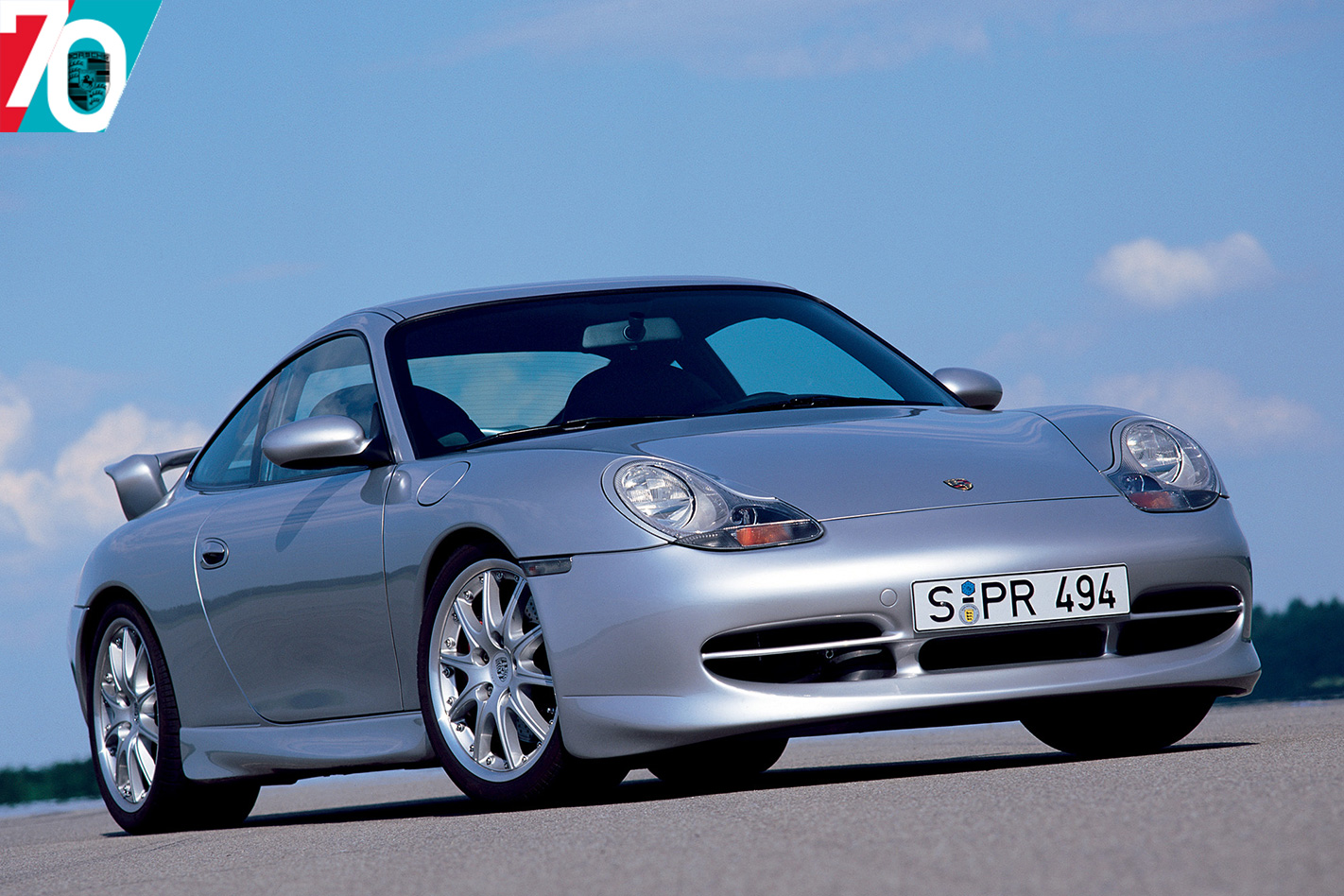
“Just listening to the GT3, you could never doubt there is a direct link between this car and the legendary 1973 Carrera 2.7 RS, despite the change from air-cooling to liquid-cooling.” That was what Peter Robinson said in September 1999, having just driven the first Porsche GT3. The 996 model was the GT division’s first road car under the leadership of Andreas Preuninger. It followed a similar line of thinking to earlier RS models, with an interior almost completely devoid of sound deadening and with adapted racing mechanicals. Powered in its initial guise by a 3.6-litre ‘Mezger’ flat-six that produced 265kW at 7200rpm, it marked the beginning of the GT3’s naturally aspirated dynasty. It was also one of the first road cars to have a steering wheel trimmed in Alcantara.

